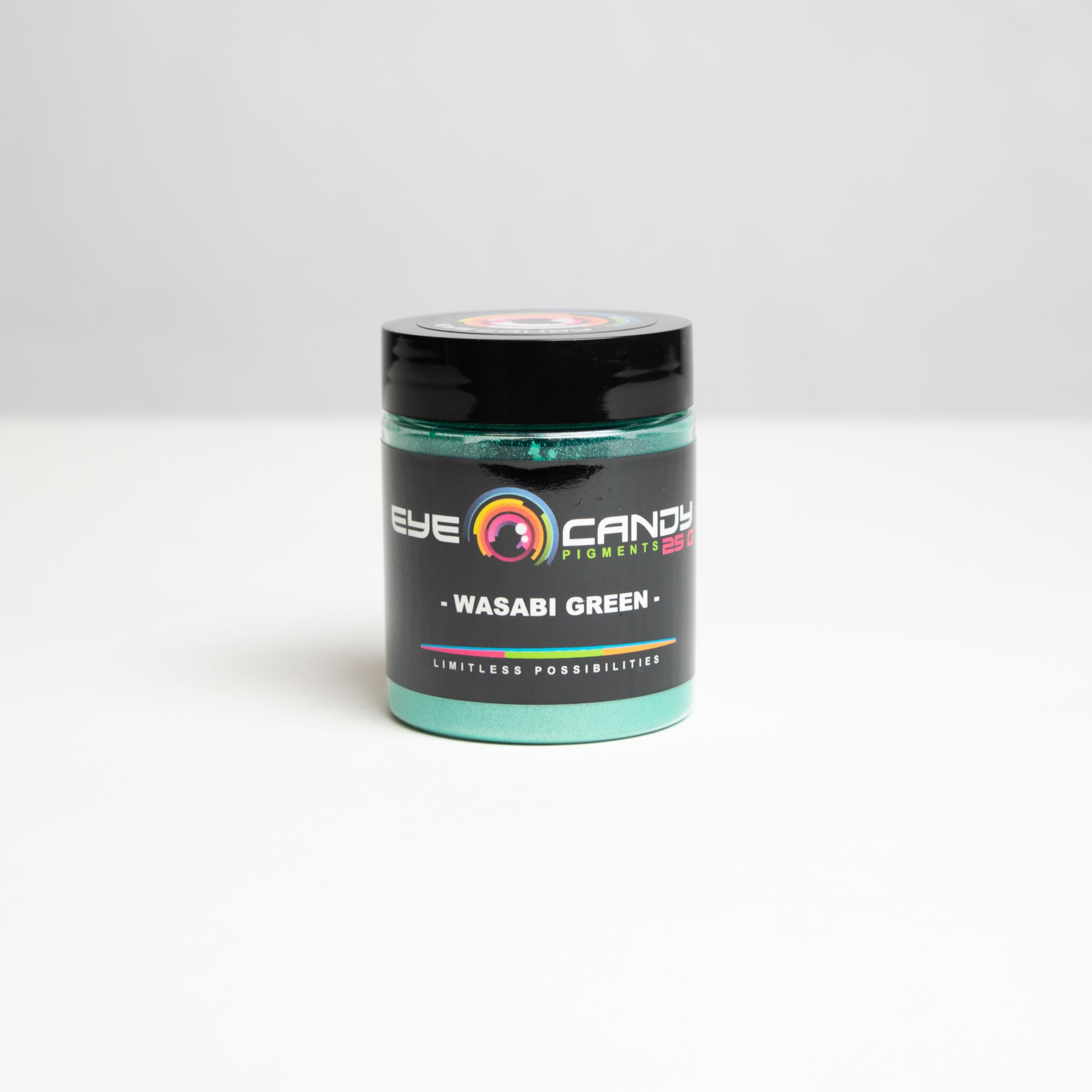Glow-in-the-Dark Science Experiments To Try Tonight
Welcome to the exciting world of luminescent science experiments, where learning goes hand-in-hand with fun and creativity. These activities offer a captivating and hands-on approach to understanding fundamental scientific concepts. Stimulate curiosity and wonder with these glow-in-the-dark science experiments to try tonight.
Glowing Volcanic Eruption
Prepare for an explosion of fun with a glowing volcano eruption! This activity is a twist on the timeless baking soda and vinegar volcano experiment. Simply add a few drops of glow-in-the-dark paint to your volcano structure before adding the vinegar. When the lights are turned off, the reaction will create a stunning, luminous eruption!
Understanding The Chemistry Lesson
This experiment is a great opportunity to explain the concept of an acid-base reaction. When the vinegar (acetic acid) and baking soda (a base known as sodium bicarbonate) mix, they react to form carbon dioxide gas, water, and a salt, resulting in the eruption-like bubbles and foam.
Glow-in-the-Dark Slime
Creating and playing with slime is a fun way to explore chemistry and physics, which is why you should try this glow-in-the-dark science experiment tonight. This slime requires a few simple ingredients: clear or white school glue, water, borax, and, of course, glow-in-the-dark paint.
Combine the glue and water in a bowl, then add a small amount of borax to initiate the slime-forming reaction. Stir in the glow-in-the-dark paint, and you have a squishy, stretchy, glowing slime that promises hours of fun!
Tip: Make Your Own Luminous Paint
Make luminous paint or glue by mixing in glow-in-the-dark mica powder, following the manufacturer’s instructions. Use your mixture in artwork or science experiments, and experiment with creating different colors by adjusting the pigment concentration.
Homemade Lava Lamp
Experience the magic of a homemade glow-in-the-dark lava lamp, a perfect blend of science and art. This fun experiment requires a clear container, fizzing tablets like Alka-Seltzer tablets, water, vegetable oil, food coloring, and glow-in-the-dark pigment powder.
Start by filling the container a quarter of the way with water, then add vegetable oil, leaving about an inch of empty space at the top of the container. Then, add a few drops of food coloring and sprinkle in the pigment powder.
Finally, add a teaspoon (or one quarter) of the fizzing tablet. The lava lamp will bubble for a few minutes, and you can restart the reaction by adding more fizzing tablets. This is a fun way for kids to see how substances with different densities don’t mix.
The fizzy eruption of a glowing volcano, the squishy texture of glow-in-the-dark slime, and the captivating motion of a luminous lava lamp each teach fundamental scientific concepts. Make learning an adventure with these illuminating activities!



